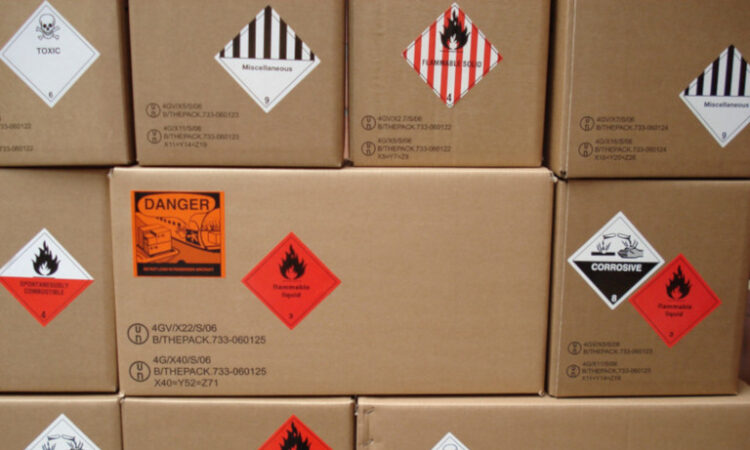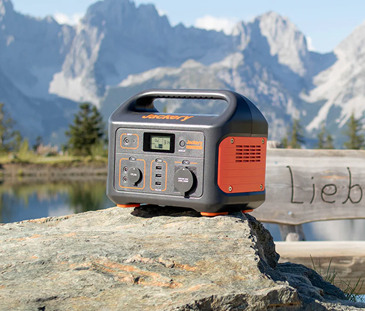
Transporting and storing hazardous materials safely is paramount in logistics, e-commerce, and various industries dealing with dangerous goods. Dangerous goods boxes are essential for ensuring the safety of personnel, property, and the environment.
Types of Dangerous Goods
Dangerous goods, also referred to as hazardous materials (hazmat), are substances that pose a risk to health, safety, property, or the environment. These materials are classified into several categories, each with specific packaging requirements to ensure safe handling and transportation.
Here are some common classifications:
- Explosives (Class 1): Items like fireworks, ammunition, and blasting agents require robust, blast-resistant packaging.
- Gases (Class 2): Includes flammable, non-flammable, and toxic gases such as propane, helium, and chlorine. Packaging must be pressure-resistant.
- Flammable Liquids (Class 3): Materials like petrol, alcohol, and acetone need leak-proof, fire-resistant containers.
- Flammable Solids (Class 4): Substances such as matches, magnesium, and certain metal powders must be stored in boxes that prevent ignition.
- Oxidising Substances (Class 5): Items like hydrogen peroxide and ammonium nitrate require containers that can withstand oxidative reactions.
- Toxic and Infectious Substances (Class 6): Includes medical waste, pesticides, and certain chemicals, requiring impermeable, puncture-resistant packaging.
- Radioactive Materials (Class 7): Requires specialised, radiation-shielded containers.
- Corrosive Substances (Class 8): Includes strong acids and bases like hydrochloric acid and sodium hydroxide, needing corrosion-resistant packaging.
- Miscellaneous Dangerous Goods (Class 9): Covers items like lithium batteries and dry ice, requiring tailored packaging solutions.
Basic Design Features
Dangerous goods boxes are designed with specific features to ensure they meet safety requirements:
- Materials Used: Common materials include high-density polyethene (HDPE), metal, fibreboard, and plastic. The choice of material depends on the nature of the hazardous substance being transported.
- Sealing Mechanisms: Secure sealing is crucial to prevent leaks and contamination. Options include screw caps, snap lids, and adhesive tapes.
- Labelling Requirements: Each box must be clearly labelled with hazard symbols, UN numbers, and handling instructions. This helps in quick identification and ensures compliance with regulations.
- Shock Absorption: Many boxes include cushioning materials to absorb shock during transport, reducing the risk of spills or explosions.
- Ventilation: Some dangerous goods require ventilation to prevent the build-up of gases. Packaging may include vents or breathable materials.
Regulatory Compliance
Transporting hazardous materials is heavily regulated at both national and international levels. Compliance with these regulations is mandatory to ensure safety and avoid legal penalties. Key regulatory bodies and frameworks include:
- International Air Transport Association (IATA): Provides guidelines for the air transport of hazardous materials.
- International Maritime Dangerous Goods (IMDG) Code: Defines regulations for the sea transport of dangerous goods.
- United Nations (UN) Recommendations on the Transport of Dangerous Goods: Offers a comprehensive framework for global harmonisation of hazardous materials transport regulations.
- European Agreement Concerning the International Carriage of Dangerous Goods by Road (ADR): Governs road transport of dangerous goods in Europe.
- Department of Transportation (DOT) and Occupational Safety and Health Administration (OSHA): Establish regulations within the United States for land and workplace safety concerning hazardous materials.
To comply with these regulations, it is essential to choose packaging that meets the prescribed standards for each class of dangerous goods. This includes ensuring that the packaging has been tested and certified according to the relevant guidelines.
Best Practices
To ensure the safe handling, storage, and transportation of dangerous goods, follow these best practices:
- Proper Identification: Clearly label all dangerous goods with the appropriate hazard symbols and UN numbers.
- Choose the Right Packaging: Select boxes designed for the specific type of hazardous material. Consider factors like material compatibility, size, and sealing mechanisms.
- Employee Training: Ensure that all personnel handling dangerous goods are adequately trained in safety protocols and regulatory compliance.
- Regular Inspections: Perform routine inspections of packaging to check for wear and tear, and replace any damaged containers promptly.
- Emergency Preparedness: Have an emergency response plan in place in case of spills, leaks, or accidents.
Conclusion
The safe transportation and storage of hazardous materials are crucial to protecting people, property, and the environment. Learning about the types of dangerous goods, the design features of appropriate packaging, and the regulatory landscape, logistics professionals, e-commerce retailers, and safety enthusiasts can ensure they are taking the necessary steps to handle these materials responsibly.
Choosing the right dangerous goods boxes and following best practices are key to maintaining safety and compliance. Remember, the right packaging not only safeguards your goods but also contributes to a safer and more reliable supply chain.
For those in the logistics and e-commerce sectors, staying informed about the latest developments in dangerous goods packaging is vital. Let’s continue to prioritise safety and compliance in all our operations.




